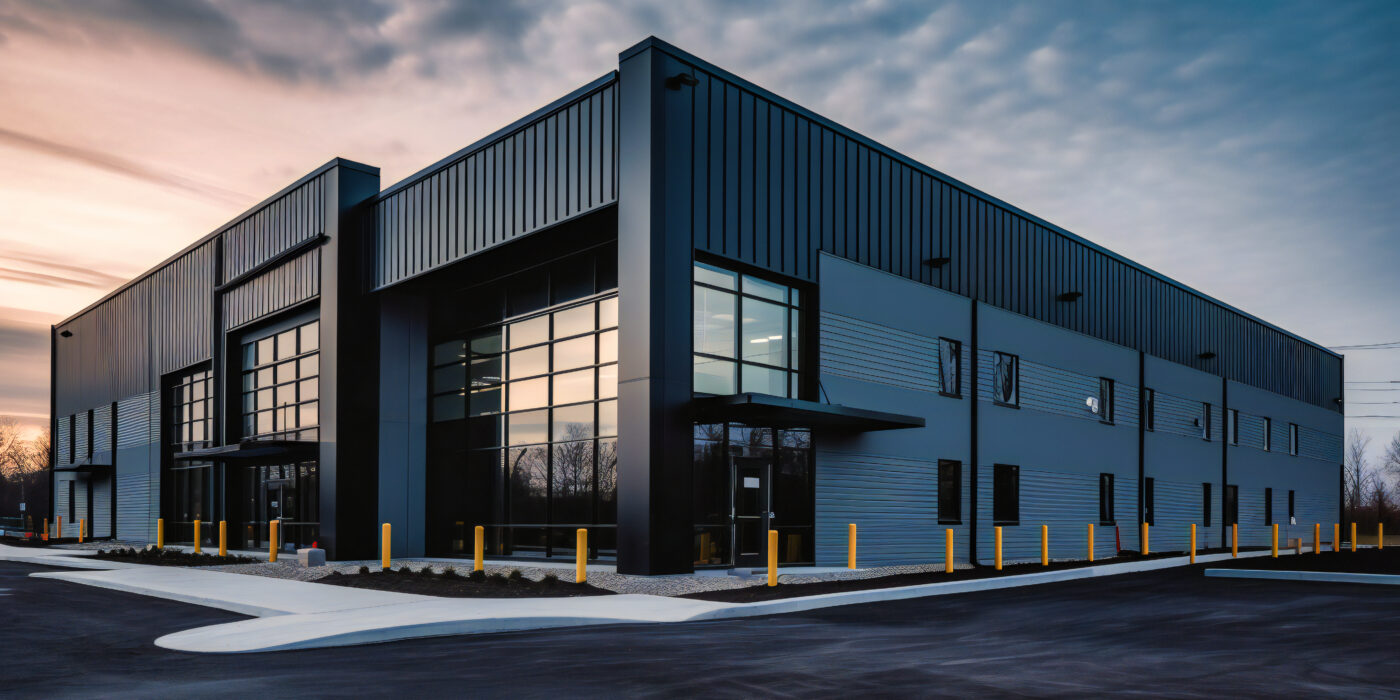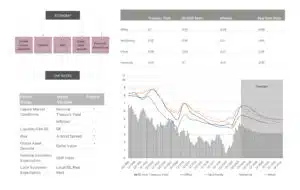The Evolution of Hybrid Work: Key Insights and Trends for 2025
The workplace landscape is shifting dramatically, with new insights shedding light on how businesses and employees are adapting to hybrid work models. As a data-driven analyst from Ironsides Group, we’re breaking down the latest CBRE report to explore what these changes mean for companies, employees, and the future of work.
Let’s dive into the data, uncover its significance, and understand how businesses can leverage these trends to remain competitive and employee-focused.
How Employee Turnover Risk Varies by Industry Sector
The CBRE data reveals fascinating insights into employee turnover risk across various industries. According to the U.S. Workforce Data sourced through LinkedIn Talent Insights:
- Employee choice policies see the lowest turnover risk at 8.3%, while full-time office setups face a high of 18.9%.
- The Technology, Media, and Telecommunications (TMT) sector experiences the most turnover, highlighting challenges in retaining talent in high-demand fields.
- Financial Services show resilience with lower turnover rates, particularly when offering mostly remote or hybrid models.
For insights into urban hospitality trends, visit our Capital Markets services.
What This Means:
The numbers underscore the importance of offering flexible work options to attract and retain top talent. Companies that empower employees with choice—whether in-office, remote, or hybrid—tend to reduce attrition and enhance satisfaction.
Actionable Takeaway:
Evaluate your current workforce policies. Do they align with employee preferences? Flexible schedules and hybrid models should be top priorities for industries with higher turnover rates, particularly in tech and media sectors.
The Rise of Hybrid Work Programs
Does your workplace policy include a hybrid work program? The data shows a clear trend:
- Large portfolios (12M+ SF) lead the way in hybrid adoption, while smaller portfolios lag behind.
- Around 60% of businesses now support hybrid models, reflecting a growing consensus that flexible work is here to stay.
- Resistance often stems from lack of executive buy-in or role-specific job functions.
Discover more about integrating culture into real estate development on our Services page.
Implications for Businesses:
Adopting a hybrid model is not just about employee satisfaction; it’s also a competitive advantage in recruitment and retention. Companies without hybrid policies risk falling behind, particularly in talent-driven industries.
Practical Steps:
- Secure C-suite alignment to implement hybrid policies effectively.
- Review job functions to determine which roles can benefit most from flexibility.
- Use employee surveys to gauge readiness and preferences.
Target Sharing Ratios: 2021 vs. 2024
The Global Target Sharing Ratios reveal a significant shift in how businesses allocate workspace:
- 1:1 seat-to-people ratios are declining, replaced by shared spaces accommodating 2+ people per seat (38% in 2024, up from 21% in 2021).
- This evolution reflects growing confidence in hybrid work models and a push for cost efficiency.
Why This Matters:
Shared seating not only reduces real estate costs but also aligns with employees’ hybrid schedules, which typically require less frequent in-office presence.
Recommendations:
- Embrace shared seating models, especially in larger portfolios.
- Ensure proper planning to avoid overcrowding and maintain productivity.
- Implement booking systems for desks to optimize usage.
Measuring Utilization and Office Vibrancy
The report highlights the shift in how businesses measure space utilization:
- Security badge data is the most commonly used metric today (52%), with a growing focus on reservation systems and Wi-Fi/network sensors.
- Metrics like employee engagement and vibrancy are becoming more critical to assess how well the office serves its purpose.
What Is Office Vibrancy?
Office vibrancy reflects how employees feel about their work environment:
- Sufficient vibrancy fosters engagement and satisfaction, encouraging employees to use the office more frequently.
- Insufficient vibrancy can lead to stress, isolation, and reduced productivity.
Steps to Improve Vibrancy:
- Redesign office layouts to accommodate collaboration and innovation.
- Use data-driven insights to identify underutilized areas and repurpose them.
- Regularly gather employee feedback to make targeted improvements.
Goals for Supporting Hybrid Work
According to CBRE, businesses prioritize the following when implementing hybrid work:
- Portfolio Optimization: Reducing unused office space and costs.
- Collaboration and Innovation: Encouraging teamwork in dynamic environments.
- Talent Attraction and Retention: Offering hybrid options to meet employee expectations.
- Cost Avoidance: Cutting unnecessary expenditures.
Key Findings:
- Companies with portfolios exceeding 12M SF lead the charge in collaboration and innovation efforts.
- Smaller portfolios (<3M SF) focus more on portfolio optimization and cost savings.
Expert Advice:
For businesses of all sizes, the hybrid model isn’t just a trend—it’s a strategy. Align your goals with your organization’s priorities and leverage data to refine your approach.
Final Thoughts: Adapting to the Future of Work
The CBRE report makes it clear: hybrid work is no longer a nice-to-have; it’s a business imperative. By embracing flexibility, optimizing space, and fostering engagement, companies can position themselves for success in a competitive landscape.
Whether you’re visiting for business, leisure, or cultural exploration, the JW Marriott Dallas Arts District promises an unforgettable experience. For more insights into hospitality and real estate trends, explore our Services page.
FAQs
Q. What are the benefits of adopting hybrid work models?
Ans. Hybrid work models offer several advantages:
- Improved employee satisfaction through flexible schedules.
- Cost reductions via optimized office space.
- Enhanced recruitment and retention by meeting modern workforce demands.
- Increased productivity and collaboration with tailored in-office experiences.
Q. How can businesses measure office utilization effectively?
Ans. Key metrics include:
- Security badge data to track entry patterns.
- Reservation systems for desk and meeting space usage.
- Wi-Fi and network sensors for real-time occupancy insights.
- Regular employee surveys to assess engagement and satisfaction.
Q. Why is office vibrancy important?
Ans. Office vibrancy impacts:
- Employee engagement and willingness to use office spaces.
- Collaboration and innovation, fostering teamwork and creativity.
- Overall productivity, creating an environment conducive to high performance.
Q. What strategies help optimize portfolio space in hybrid models?
Ans. Effective strategies include:
- Transitioning to shared seating ratios to reduce costs.
- Leveraging data insights to identify underutilized areas.
- Implementing booking systems to enhance efficiency.
- Continuously gathering feedback to align spaces with employee needs.
Q. How can companies ensure successful hybrid work adoption?
Ans. Steps include:
- Securing C-suite buy-in to champion hybrid policies.
- Customizing policies to align with job functions and employee preferences.
- Providing clear communication and resources for employees transitioning to hybrid work.
- Regularly reviewing and updating policies based on performance data.











